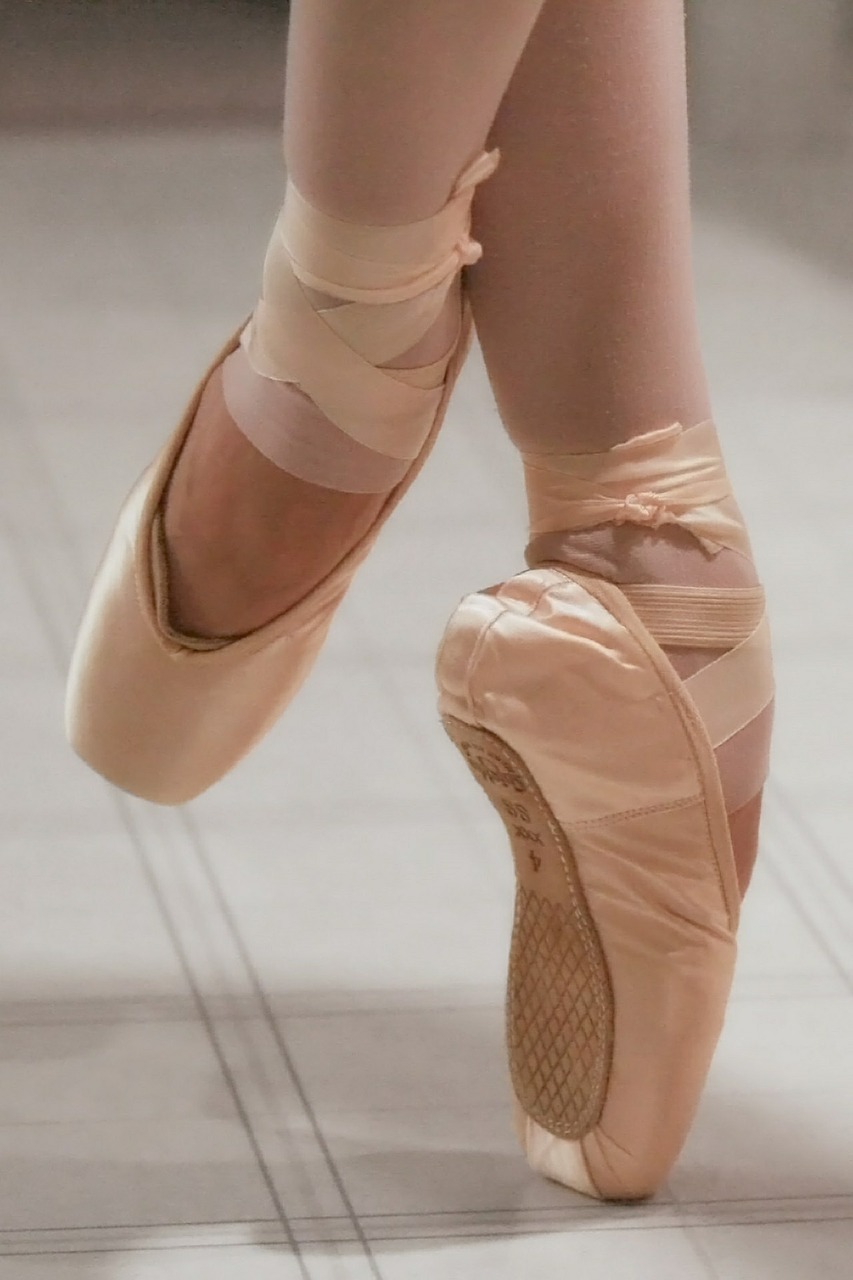“I Have A Lot of Great Toe Joint Pain”
A bunion is an enlarged, bony bump along your great toe joint, known as the metatarsophalangeal joint (MPJ). The bunion forms when the bone or tissue at the joint is not aligned properly. If untreated, pain, swelling, stiffness along the joint are noted.

Most Common Causes of Bunions
Bunions form when the normal balance of forces at your great toe joint is interrupted. Instability of the joint occurs, leading to the deformity. Bunions can be genetic, due to shoe gear, from improper foot bio-mechanics, as well as other conditions. With genetics, the bunion is not the inherited trait, the foot type is. Patients with a foot type problematic for bunions have abnormal function of the foot causing an abnormal pull and push of muscles and tendons. This allows the instability of the great toe joint causing the bunions. People who suffer from flat feet or low arches are prone to developing these problems.
Other causes of bunions are foot injuries, neuromuscular disorders, or congenital deformities. Individuals with occupations that place undue stress on the feet, such as ballet dancers, often develop the condition. Wearing shoes that are too tight which cause the toes to squeeze together is also a common factor, one that explains the high prevalence of the disorder among women.
Treatments for Bunions and Foot Joint Pain Relief
Most bunions can be treated conservatively. This includes a wider and softer shoe, pads to relieve the pressure, custom orthotics or inserts and sometimes medications such as anti-inflammatories or injections are beneficial. If this does not help then surgical treatment is an option. Bunion surgery realigns the bone, ligaments, and tendons so your toe and joint can be brought back to its correct position. The bump to the side of the foot is removed as well. Surgical correction is only pursued if conservative measures have failed.
For more information regarding your bunion and possible treatment options, contact Worthington Foot & Ankle today!